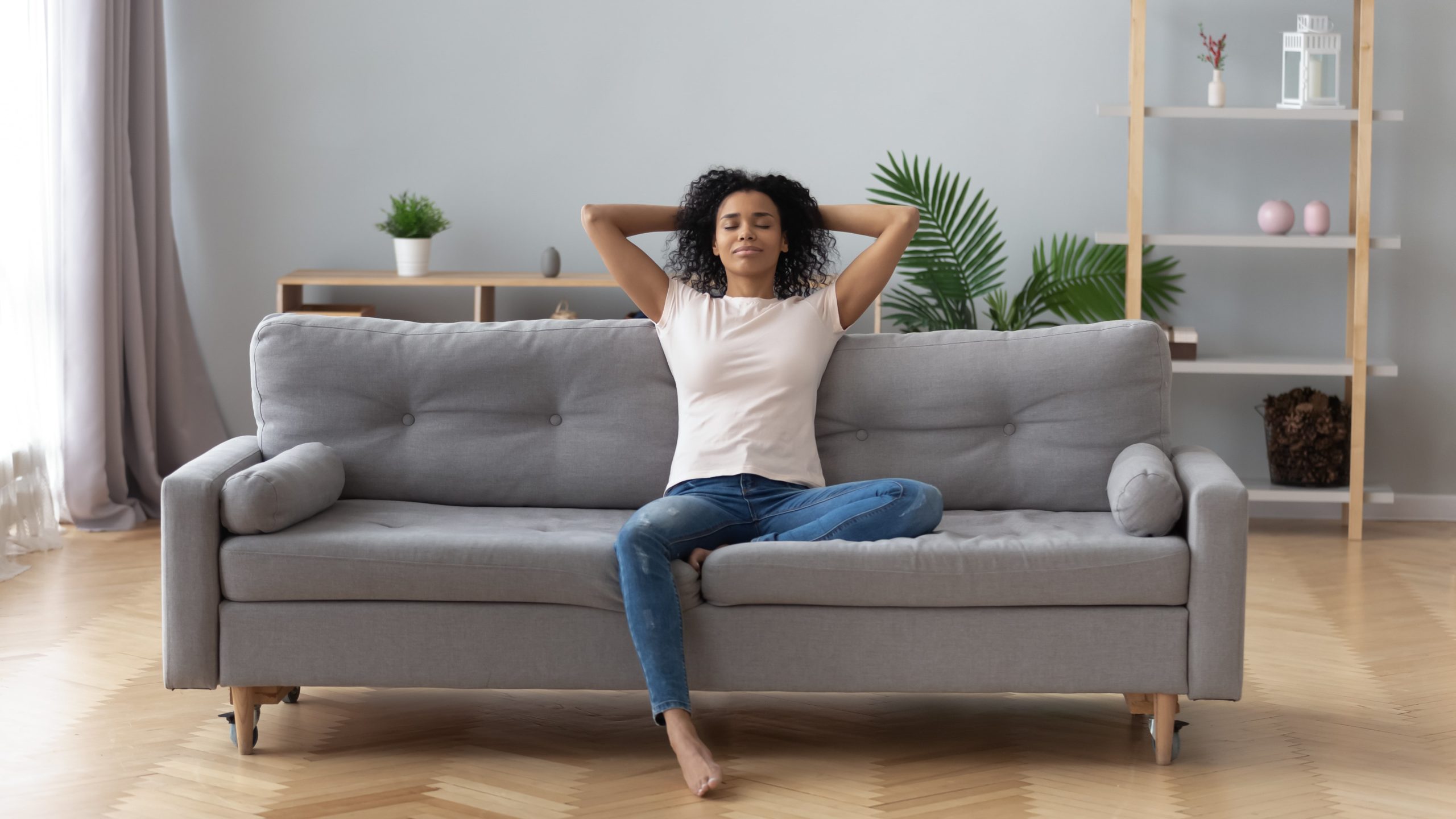Mindfulness is the mental state in which individuals are fully aware of the present moment, while they calmly accept external and internal stimuli without judgment. Mindfulness is an ability that can be achieved through meditation practices; however, meditation typically refers to a formal, seated, and intentional practice; whereas mindfulness can be practiced anywhere at any time and is not limited to meditation sessions.
Although the practice of mindfulness has roots in religion, it was validated into the scientific community by Dr. Jon Kabat-Zinn. Dr. Kabat-Zinn introduced mindfulness within a therapy orientation titled: Mindfulness-Based Stress Reduction (MBSR). MBSR was initially developed to help individuals manage chronic pain, but later demonstrated positive results for individuals with depression and anxiety. Subsequently, mindfulness paved the way for many acceptance-based therapies that help individuals form adaptive relationships with their own internal states (i.e., thoughts, emotions, and physical sensations), other people, and their environments.

Positive Impact on Anxiety
Anxiety is a common emotion that most individuals face when presented with a distressing situation. Oftentimes, this emotion is temporary and validated by the severity of the situation a person is faced with; however, when anxiety becomes chronic, excessive, irrational, or interferes with daily activities, it can be indicative of an anxiety disorder. When an individual experiences negative emotions or anxiety, their attention is typically pulled to think about the past (e.g., a previous experience) or the future (e.g., worrying about an outcome). The drawing of this person’s attention into the past or future removes the person from the present and can magnify the intensity of the stressors. Mindfulness helps individuals anchor their attention in the present and reduce the impact that anxiety has on the individual.
The benefits of mindfulness on anxiety have been consistently shown throughout scientific research. For example, studies have shown that individuals with generalized anxiety disorder who participate in mindfulness-based therapy (e.g., MBSR) experience significant improvements in anxiety symptoms – often to the point where individuals no longer meet diagnostic criteria. In one clinical trial examining the impact of mindfulness-based therapy, Orsillo and colleagues (2008) reported that 78% of the participants no longer met criteria for Generalized Anxiety Disorder and 77% of individuals reported that they were highly functioning.
Studies have also supported the positive effects of self-guided mindfulness practice on overall stress and anxiety. This research is critical for individuals experiencing barriers to therapy (e.g., financial considerations, stigma, etc.), as it means that any individual can reap the benefits of mindfulness from home. Resources such as Headspace, Calm, or UCLA Mindful are smartphone applications that include a variety of audio files that introduce mindfulness. These resources are a great way for individuals to begin their practice of this skill, yet may not be sure where to begin. When first practicing this present-moment attention, it can be quite easy to “lose focus.” Therefore, the auditory cues provide some structure, which helps individuals gain mindful awareness and mindful attention.
How to be Mindful
There are many ways to practice mindfulness. First, some of the “structured” mindful meditations include: Mindful Breathing, Body Scan, Observing-Thoughts, and Loving-Kindness Meditations. These types of meditation encourage individuals to be aware of their surroundings and internal experiences.
| Types of Meditation | Technique |
| Breathing | Sit in a comfortable seat and relax the body; tune in the breath and bring in attention to the body as it inhales and exhales; mind can begin to wander, redirect the mind back to breathing. Practice for approximately ten minutes. |
| Body Scan | Sit in a comfortable seat or lay down and relax the body; tune into the breath and slowly begin to refocus attention to each part of the body (head to toes) or follow an unstructured approach and investigate sensations in the body as they arise. If the mind wanders, gently bring the attention back to the breath and begin to shift to another sensation or body part. Finalize the body scan by expanding the attention to the entire body. |
| Observing-Thought | Sit in a comfortable seat and relax the body; tune into thoughts but refrain from engaging the mind into the meaning of the thoughts. Notice them and let go. After the thoughts are pouring in, continue observing them, but begin to label them as visuals in the mind as positive, negative, useful, judgmental, fearful, etc. Once the thought is labeled, let it go and repeat. |
| Loving-Kindness | Sit in a comfortable seat and relax the body; rest hands on the heart and abdomen. Focus on a person who cares for you and imagine they are sending you love. Repeat by imagining a loved one and focus on sending them love. Expand the love towards people who you feel neutrally or negatively toward. Practice for approximately fifteen minutes. |

Although some mindful meditation techniques require individuals to set aside time for structured practice, a busy individual who struggles to find time in their day could consider practicing at home while completing ordinary tasks (i.e., brushing teeth, taking a shower, folding laundry, driving, walking, falling asleep, etc.). For example, while the individual brushes their teeth, they could focus their attention on all of the senses that are being activated: the flavor and smell of the toothpaste, the bristles against their tongue, the numbing and cooling sensation of the mint, the weight of the toothbrush in their hand, the feeling of their feet on the floor beneath them, the heaviness of the body in the morning, and the noise the brush makes as each tooth is polished.
It is normal for the mind to wander and thoughts about the day’s stressors or activities can creep in. When this happens, it is important to simply acknowledge those thoughts but not judge the mind for losing focus. Instead, the individual should gently bring the attention back to their present-moment sensations. Actively forcing the mind to stop thinking about stressors can intensify the negative feelings for those thoughts and increase anxiety.
Mindfulness practices are most effective when mindful meditation is consistently practiced instead of sparingly for larger amounts of time (i.e., ten minutes a day for six days a week has shown more positive results than sixty minutes once a week).



